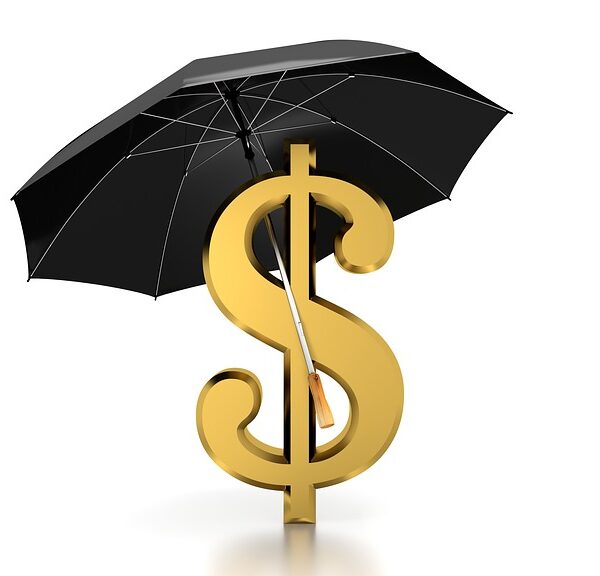Courtesy of iii.org One might think that family-owned and operated businesses would be relatively immune from employee lawsuits, but that’s not the case according to a recent Gen Re article. The reasons family-owned businesses get sued include: most family owned businesses employ at least one non-relative; the non-relative is likely to be first to be fired when the business is struggling; and family members are reluctant to discipline each other for bad workplace behavior, especially if the family patriarch is the one misbehaving. The article gives several examples of lawsuits against family businesses and the awards paid out, concluding that a family-owned business would benefit from including employment practices liability insurance (EPLI) as a part of its insurance package. According to GenRe: These workplace scenarios and settlement amounts mirror those we see for all businesses. Discrimination and sexual harassment - as well as wrongful termination, violations of …
Umbrella Insurance Policy-Do I Need It?
Courtesy of iii.org If you are ever sued, your standard homeowners or auto policy will provide you with some liability coverage, paying for judgements against you and your attorney's fees, up to a limit set in the policy. However, in our litigious society, you may want to have an extra layer of liability protection. That's what a personal umbrella liability policy provides. An umbrella policy kicks in when you reach the limit on the underlying liability coverage in a homeowners, renters, condo or auto policy. It will also cover you for things such as libel and slander. For about $150 to $300 per year you can buy a $1 million personal umbrella liability policy. The next million will cost about $75, and $50 for every million after that. Because the personal umbrella policy goes into effect after the underlying coverage is exhausted, there are certain limits that usually must be met in order to purchase this coverage. Most insurers will want you to have about $250,000 of …
Home Insurance Coverage
Courtesy of iii.org Homeowners coverage provides financial protection against loss due to disasters, theft and accidents. Most standard policies include four essential types of coverage: coverage for the structure of your home; coverage for your personal belongings; liability protection; coverage for additional living expenses Coverage for the structure of your home Your homeowners policy pays to repair or rebuild your home if it is damaged or destroyed by fire, hurricane, hail, lightning or other disasters listed in your policy. Most policies also cover detached structures such as a garage, tool shed or gazebo—generally for about 10 percent of the amount of insurance you have on the structure of the house. A standard policy will not pay for damage caused by a flood, earthquake or routine wear and tear. When purchasing coverage for the structure of your home, remember this simple guideline: Purchase enough coverage to rebuild your home. Coverage for your personal …


